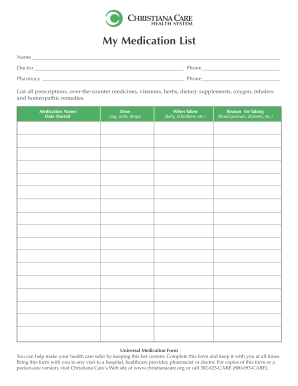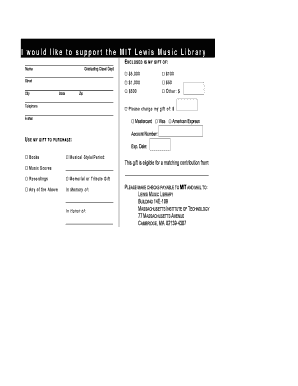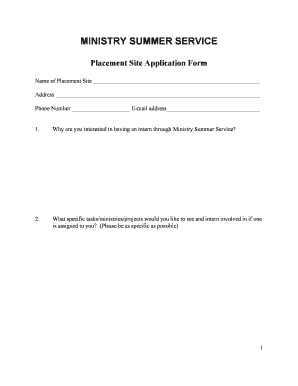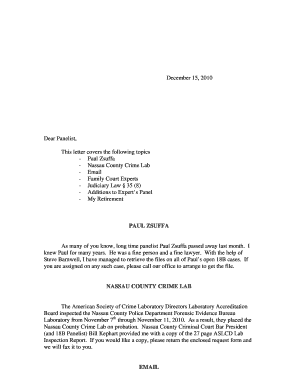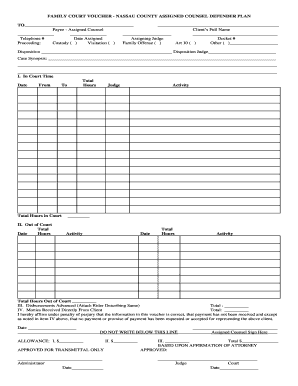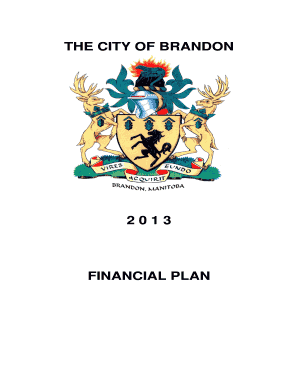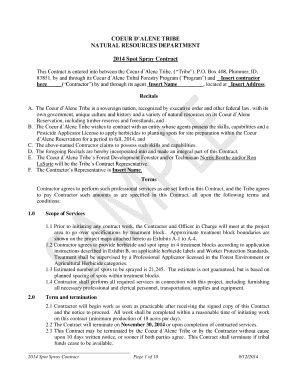
Get the free medication checking log form
Get, Create, Make and Sign



How to edit medication checking log online
How to fill out medication checking log form

How to fill out medication checking log:
Who needs medication checking log:
Video instructions and help with filling out and completing medication checking log
Instructions and Help about ca medication verification form
Music hey guys what's up my name is Kayla from planning with K and welcome to another video I asked in my last video whether you wanted to see different styles of monthly bullet journal spreads and so many of you said yes so I'm here today to show you five different types of monthly logs to help you stay organized next month in your bullet journal I'm going to be setting these monthly spreads up in this gold-foiled tomboy doc red notebook and I'm actually going to be giving this away over on my Instagram next week along with a bunch of other fun planner supplies so be sure to follow my Instagram app planning with Kay so that you know when that giveaway goes live alright so the first monthly vlog that I'm going to be setting up is a calendar style as you may know I tend to stick to a really simple calendar set up for my own monthly logs in my journal, so I wanted to show that there are a lot of ways that you can jazz up a simple calendar spread to make it even more functional for you the easiest way to play around with a calendar monthly log is by changing the size and location of the calendar itself to give yourself more space for other things in this example I'm pushing my calendar down to the bottom left corner of the spread which gives me a really nice open space on the right side that Ill be using later and for this calendar each day takes at the box that is for space is wide and five spaces tall in my own journal I tend to gravitate towards a calendar style like this for showing all of my monthly events for a couple of reasons one I'm just used to looking at calendars it's what I've seen my entire life and it clicks in my brain I like being able to see each week in its own row and it's really easy for me to look at a glance and see what's happening on what day I also like the space that it actually gives me to write in my events I can usually fit one event or task per line in these little boxes which means that I can fit a list of four or five different things in each day which I find is usually what works for me now on the right side of the calendar I'm creating a spot for some weekly to-do lists which is a good spot to write down general tasks for each the week they don't necessarily correspond to a specific day and having this separated by week is an easy way to keep your list more organized and easier to complete above that I'm going to make a spot for jotting down my top three goals or tasks for the month think of these as your main monthly priorities if you could only get three things done this month what three things with those be you than just write those down here separated from your other task lists so that way they don't get lost in the shuffle and at a minimum you'll be sure to remember to get those three most important things done now I'm going to use the remaining blank space on the right side for a monthly habit tracker and here I made this tracker seven spaces wide to fit seven habits but if you have more or fewer habits...
Fill medication verification log : Try Risk Free
People Also Ask about medication checking log
For pdfFiller’s FAQs
Below is a list of the most common customer questions. If you can’t find an answer to your question, please don’t hesitate to reach out to us.
Fill out your medication checking log form online with pdfFiller!
pdfFiller is an end-to-end solution for managing, creating, and editing documents and forms in the cloud. Save time and hassle by preparing your tax forms online.















